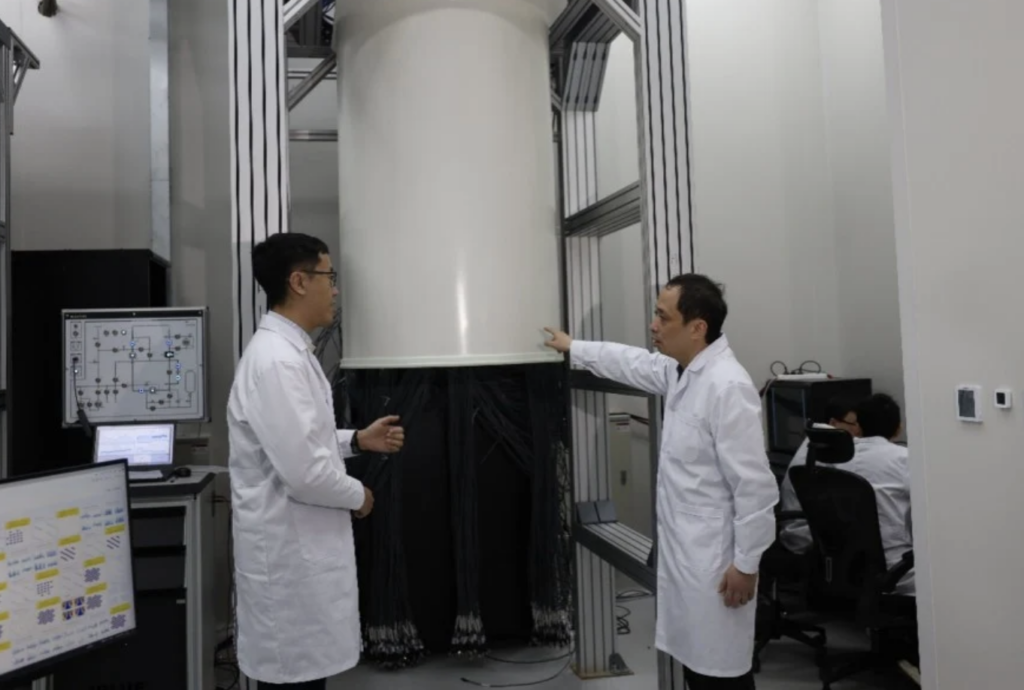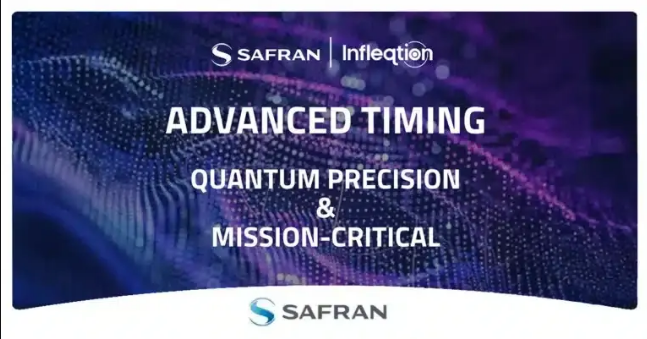Insider Brief
- QuantrolOx, Qblox and QuantWare achieved fully automated QPU characterization and 2-qubit gate tune-up in under 25 minutes, a process that previously required weeks of expert effort.
- Automation accelerates QPU development cycles, enabling hundreds of iterations annually and significantly reducing time to scale and optimize quantum processors.
- This breakthrough simplifies quantum system integration and removes key bottlenecks, paving the way for utility-scale, fault-tolerant quantum computing.
PRESS RELEASE — QuantrolOx and Qblox have set a new industry benchmark using Quantware’s QPUs achieving fully-automated quantum processing unit (QPU) characterization and tune-up, creating a 2-qubit CZ gate in under 25 minutes. This task, previously requiring several PhD-level experts up to a week, marks a significant leap toward scalable quantum computing. QuantrolOx software, Qblox control electronics and QuantWare QPUs seamlessly blend together to deliver an open-architecture stack enabling customers to achieve rapid results.
The automation of 2-qubit gate tuneup is often seen as “ the Holy Grail” of quantum processor development. This is because 2-qubit gates are the cornerstone of all quantum algorithms and for harnessing quantum systems with quantum error correction. I.e. realizing universal fault-tolerant quantum computers. By automating the tuneup, the speed of comprehensive characterization of 10s of qubits is now executed in hours instead of weeks or months. This means QPU developers can run 100s of iterative development cycles for their QPUs per year as compared to only a handful right now.
This breakthrough, demonstrated at the Bluefors Lab in Delft using Quantum EDGE software with Qblox Cluster and QuantWare’s QPU, is now ready to ship to customers working with superconducting qubits. Qubit characterization consists of Bring-up, Single-qubit, and qubit-pair tuning automation workflows, where high-quality single-qubit gates can be calibrated with fidelities reaching 99.92% on a Soprano – D device.

By using the combined solution, customers can significantly reduce the time required for qubit tuning, allowing them to focus more on scaling and optimizing their quantum processors while increasing throughput. This streamlined approach enhances efficiency in QPU development, making it easier to achieve reliable performance.
This breakthrough allows QPU developers to drastically reduce the time for producing high-quality qubits as this increases the development cycles towards hundreds of iterations per year. Moreover, it significantly simplifies the task of quantum computer system integrators and thus makes it even easier to build Quantum Open Architecture Systems. This solves one of the key remaining bottlenecks towards utility-scale quantum computing.

















